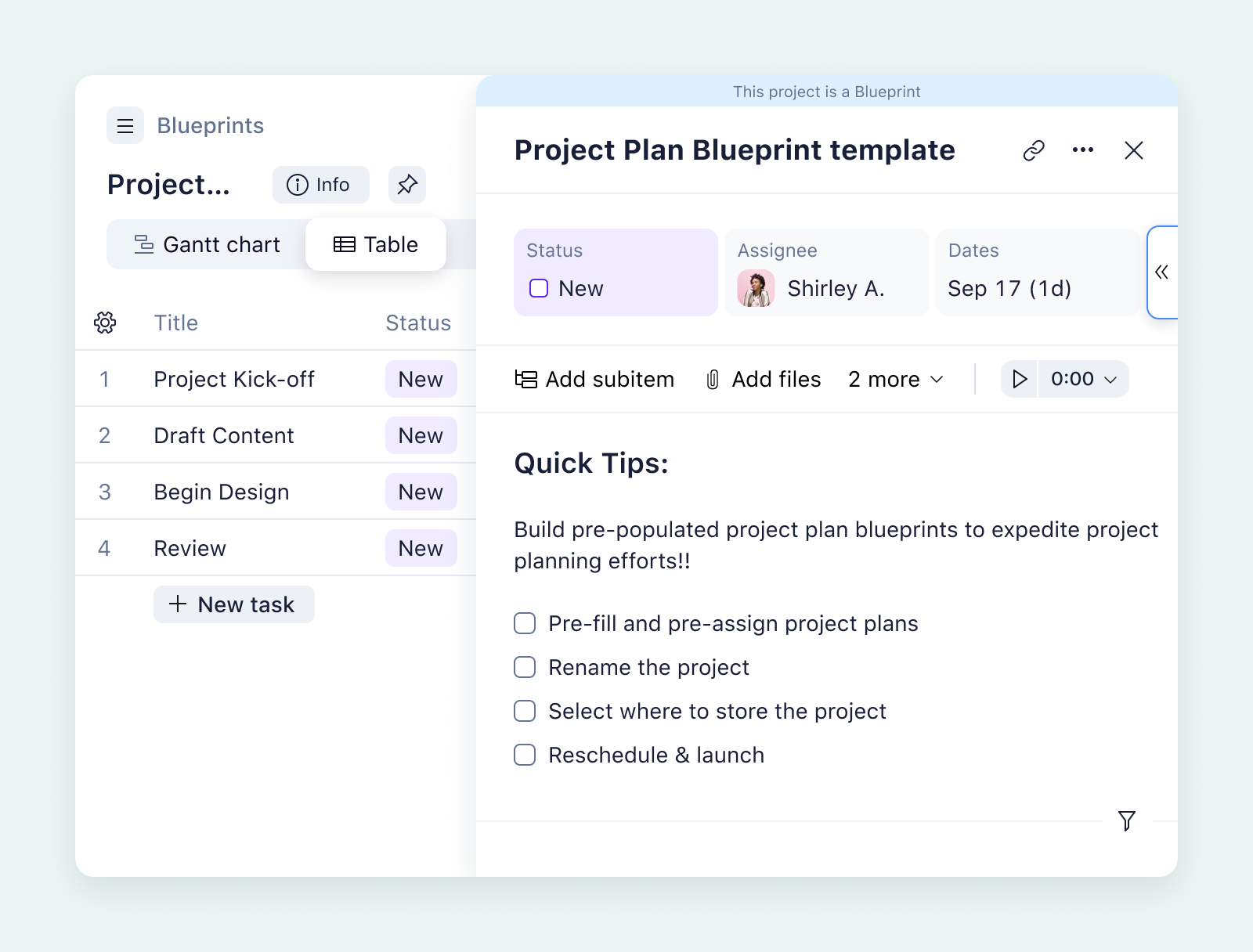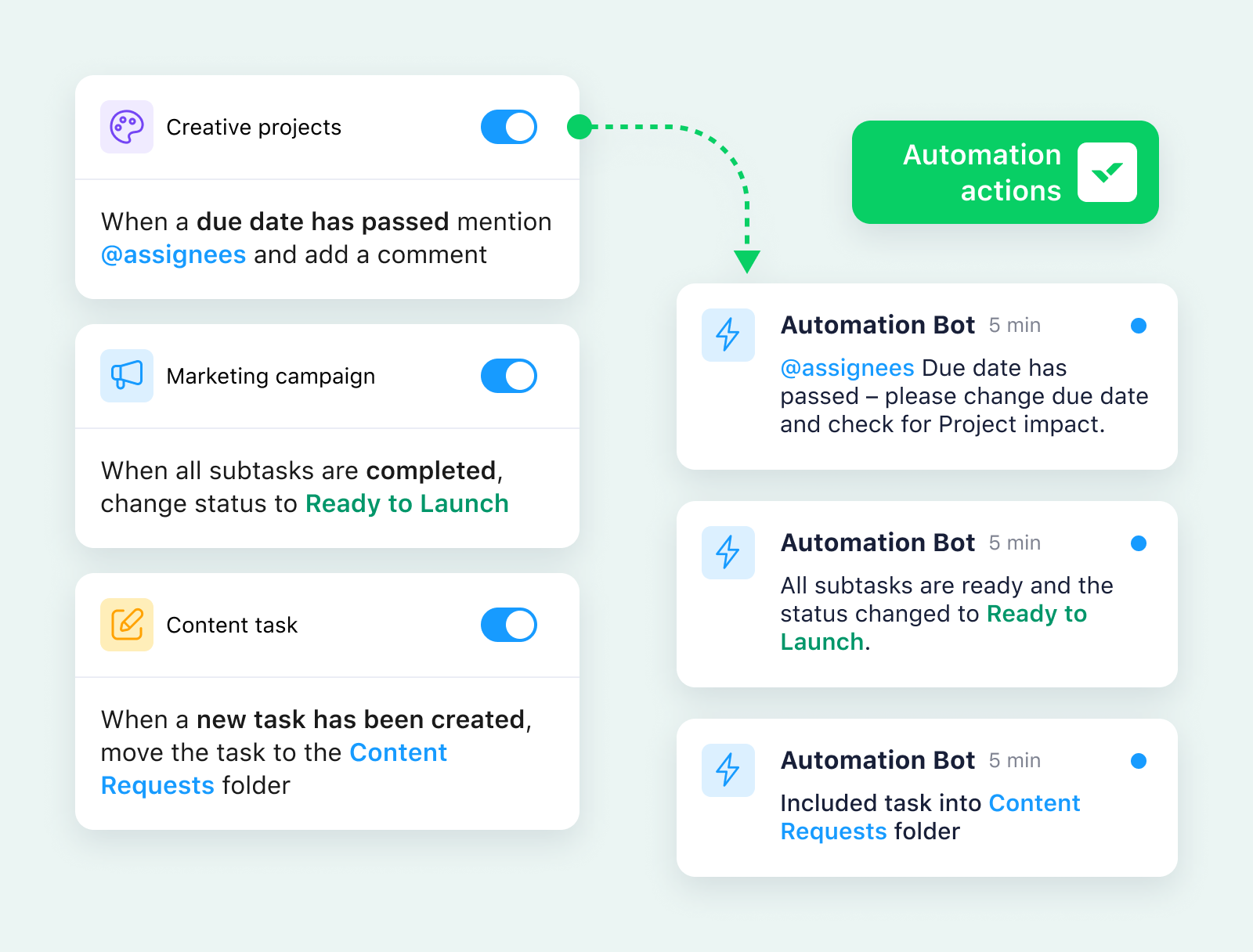Comflow, a Houston-based company that has been providing industrial and commercial contracting services for over 20 years, deals with some pretty complicated workflows — and a lot of moving parts. For each contract it takes on, it orders parts with short and long shipping lead times, and stores them in a warehouse before contractors are ready to use them in their high-efficiency heating, ventilating, and air conditioning services.
Granger Snodgrass, Vice President of New Construction at Comflow, sat down with us recently to discuss how Wrike has completely transformed the company’s previous workflow chaos, resulting in a process that helps improve the client experience.
You can read the full case study to dive deeper into how Comflow transformed project management with Wrike. Today, we have a little more insight from Granger about how he spearheaded an industry-leading shift to productivity and efficiency with Wrike.
Q: How have Wrike’s workflows addressed your previous project management challenges?
We struggled with the ability to keep up with all of the necessary tasks to start and complete projects, and our processes were reactive to the client asking for status updates, which caused chaos.
Wrike creates seamless transitions between project steps without the need for email communication. Utilizing the dashboard to keep a general view of projects has been very helpful for me. Wrike tracks all our tasks from each project and automatically sends the project to the next task and team member, completely tracking all of our workload for project-specific tasks. My team members have largely felt less stress through this process and Wrike allows them to see everything they need to accomplish in the next days, weeks, etc.
Q: Can you walk us through how you manage multiple complex processes with Wrike?
In the new construction industry, all projects follow the same procedures over and over again, from contract inception to close. We built a blueprint in Wrike for a project, which includes timelines in between tasks and utilizes dependencies. While the project progresses and tasks are marked as complete by the team member responsible, the next task automatically pops up on the to-do list of that responsible team member. This streamlines efficiency and allows anyone in the organization to see what phase a project is in. 
This seems simple but, for our industry, it is an unbelievably huge step.
Q: What’s the top benefit Wrike has resulted in for Comflow?
Streamlining our workflow has been the single most beneficial aspect of Wrike for my team and my industry. Tracking all tasks, deliveries, and projects as a whole has allowed us to manage more efficiently and produce a better product. We streamline our workflow process through each project, monitoring where each task is and successfully distributing the correct task to the correct team member.
Q: Do you have advice for others in adopting Wrike’s workflows?
You need really clear, defined roles for everyone to make sure that the projects move the way they need to move. Using a tool like this, it’s really easy, because each task is assigned to a specific team member. I get to write the rules and draw the lines on where those roles begin and end, and they have clear beginning and ending portions, and then it’s passed on to the next part of the process.
Q: Did you use Wrike’s support when you were getting Wrike set up for Comflow?
I worked with my Wrike rep quite a bit in the beginning when I was trying to build our processes, and he was extremely helpful. Every single time that I had a question, I’d just book a meeting on his calendar, he’d show up, and he’d give me some ideas on what we could do, and we made it work. There are a lot of options for creativity to make sure that Wrike did exactly what I needed and there weren’t any gaps.
Q: What role do you envision AI and automation having for your future workflows?
AI will play a large role in our industry in the near future, and I believe Wrike has put us on a path to be the model for utilization of AI and management. 
Interested in learning more about Comflow’s story? Read the full case study here.






